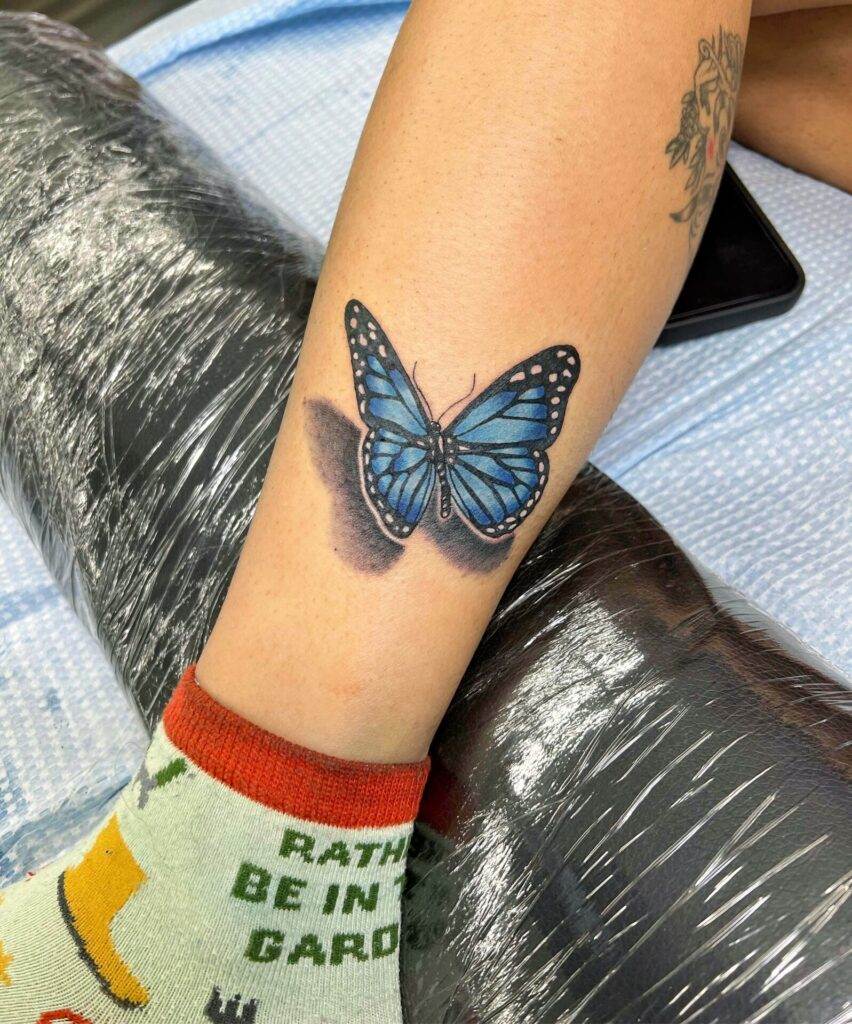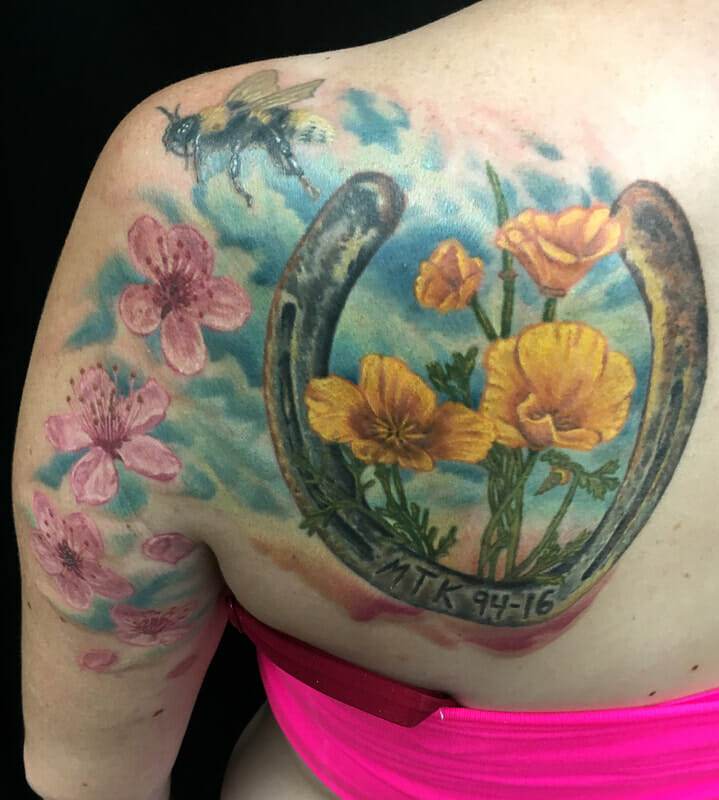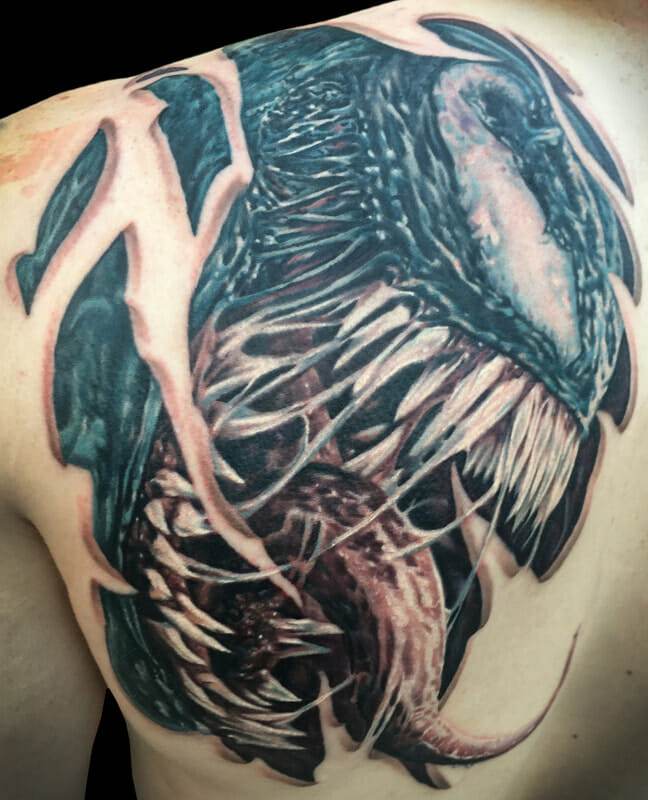Personalized tattoo consultations are an essential part of the tattooing process. They allow clients to communicate their ideas and preferences to the tattoo artist, ensuring that the final design reflects their vision. These consultations also provide an opportunity for the artist to offer their expertise and recommendations, resulting in a tattoo that is not only visually appealing but also meaningful to the client.
A personalized tattoo consultation is crucial because it sets the foundation for a positive tattoo experience. It allows the client to establish a rapport with the artist and build trust, which is essential when permanently altering one’s body. By taking the time to understand the client’s desires and expectations, the artist can create a design that meets their needs and exceeds their expectations.
Step-by-Step Guide to a Personalized Tattoo Consultation
A personalized tattoo consultation typically follows a step-by-step process to ensure effective communication between the client and the artist. The first step is an initial discussion where the client shares their ideas, inspirations, and preferences with the artist. This conversation helps establish a clear vision for the design.
Next, the artist will provide their input and recommendations based on their expertise. They may suggest modifications or additions to enhance the design or offer alternative ideas that align with the client’s vision. This collaborative process allows for a more refined and personalized design.
Once the design is finalized, the artist will create a stencil or drawing of the tattoo. This allows the client to visualize how the design will look on their body and make any necessary adjustments. Once both parties are satisfied with the design, the tattooing process can begin.
Choosing the Right Tattoo Design for Your Personality and Style
Choosing a tattoo design that reflects your personality and style is crucial to ensure that you will be happy with it for years to come. It’s important to take the time to consider what symbols, images, or themes resonate with you and hold personal meaning. This could be anything from a favorite quote or song lyric to a symbol that represents an important aspect of your life.
When selecting a design, it’s also important to think about its longevity. Trends come and go, so opting for a timeless design can ensure that your tattoo remains relevant and meaningful throughout your life. Additionally, consider how the design will interact with your body shape and size. Certain designs may look better on specific body parts, so it’s worth discussing placement options with your tattoo artist.
Exploring Different Tattoo Styles and Techniques
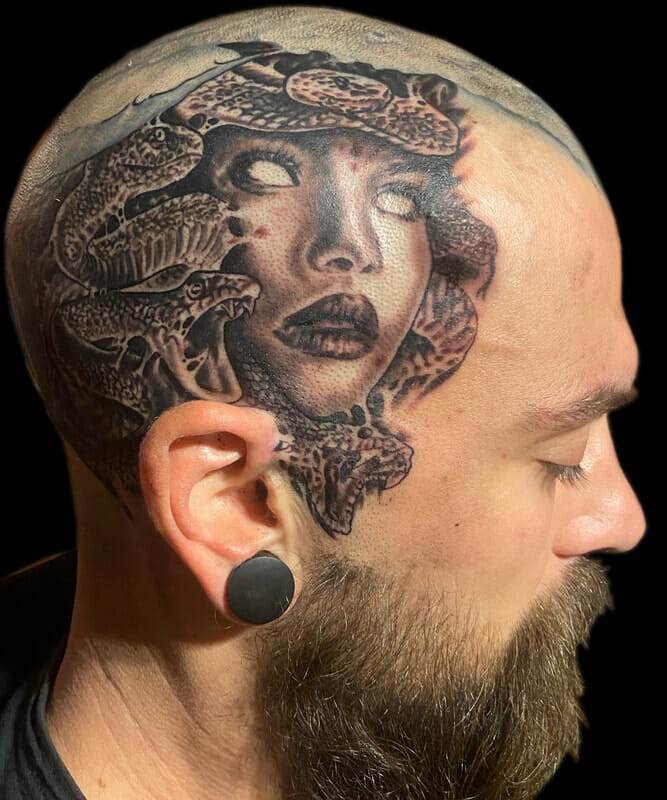
Tattooing has evolved into a diverse art form with various styles and techniques to choose from. Some popular styles include traditional, neo-traditional, realism, watercolor, blackwork, and geometric. Each style has its own unique characteristics and aesthetic appeal.
Traditional tattoos are known for their bold lines, bright colors, and iconic imagery. Neo-traditional tattoos build upon traditional designs but incorporate more intricate details and shading. Realism tattoos aim to replicate photographs or images with incredible detail and precision.
Watercolor tattoos mimic the appearance of watercolor paintings with vibrant colors and soft edges. Blackwork tattoos use only black ink to create intricate patterns or designs. Geometric tattoos feature geometric shapes and patterns, often with precise linework.
By exploring different tattoo styles and techniques, you can find one that resonates with your personal style and preferences. Your tattoo artist can guide you through the options and help you choose a style that will best bring your design to life.
Incorporating Meaningful Symbols and Images into Your Tattoo
Incorporating meaningful symbols and images into your tattoo design can add depth and significance to the artwork. These symbols can represent important aspects of your life, such as family, love, strength, or spirituality. They can also serve as reminders of personal achievements or milestones.
For example, someone who values their family might choose to incorporate a symbol that represents unity or love, such as a tree of life or a heart. Others may opt for symbols that reflect their cultural heritage or personal beliefs. It’s important to discuss these symbols with your tattoo artist to ensure they are accurately represented in the design.
Symbols can be incorporated into a tattoo in various ways, such as through imagery, lettering, or abstract representations. Your tattoo artist can help you brainstorm ideas and find creative ways to incorporate these symbols into your design.
Customizing Your Tattoo to Fit Your Body and Placement Preferences
Customizing a tattoo design to fit your body and placement preferences is essential for achieving the desired aesthetic. Different body parts have different shapes, sizes, and skin textures, which can impact how a tattoo looks. It’s important to consider these factors when choosing the placement of your tattoo.
For example, smaller designs with intricate details may be better suited for areas with less skin movement, such as the inner wrist or ankle. Larger designs with bolder lines and shading may work well on areas with more surface area, such as the back or thigh.
Your tattoo artist can provide guidance on how to customize the design to fit your chosen placement. They may suggest resizing or modifying certain elements of the design to ensure it looks balanced and visually appealing on your body.
Understanding the Tattooing Process and Aftercare Instructions
Understanding the tattooing process and aftercare instructions is crucial for a successful tattoo experience. The tattooing process typically involves several steps, including preparing the skin, applying the stencil or drawing, and tattooing the design using a tattoo machine.
During the tattooing process, it’s important to communicate with your artist if you experience any discomfort or need a break. They can adjust their technique or provide additional numbing options to ensure your comfort.
After the tattoo is complete, your artist will provide detailed aftercare instructions to promote proper healing and maintenance of the tattoo. This may include washing the tattoo with mild soap, applying a thin layer of ointment, and avoiding direct sunlight and excessive moisture.
Following these instructions is essential to prevent infection, promote proper healing, and maintain the vibrancy and clarity of the tattoo. It’s important to consult with your artist if you have any questions or concerns during the healing process.
Tips for Maintaining Your Tattoo’s Vibrancy and Clarity
Maintaining your tattoo’s vibrancy and clarity requires proper care and protection. One of the most important steps is to protect your tattoo from excessive sun exposure. UV rays can fade the colors and cause the tattoo to blur over time. Applying sunscreen with a high SPF to your tattoo when exposed to the sun can help prevent this.
It’s also important to avoid exposing your tattoo to excessive moisture, such as soaking in hot tubs or swimming pools, as this can lead to fading or infection. Additionally, avoid picking or scratching at scabs or peeling skin during the healing process, as this can cause damage to the tattoo.
Keeping your skin moisturized can also help maintain the vibrancy of your tattoo. Use a fragrance-free lotion or tattoo-specific aftercare product to keep your skin hydrated and prevent dryness or flaking.
Building a Long-Term Relationship with Your Tattoo Artist
Building a long-term relationship with your tattoo artist can have numerous benefits. It allows you to work with someone who understands your style, preferences, and vision. Over time, your artist will become familiar with your body and how tattoos age on your skin, allowing them to provide personalized recommendations for future designs.
A long-term relationship with your tattoo artist also fosters trust and open communication. This is crucial when working on larger or more complex projects that require multiple sessions. By building a strong rapport with your artist, you can collaborate more effectively and ensure that the final result meets or exceeds your expectations.
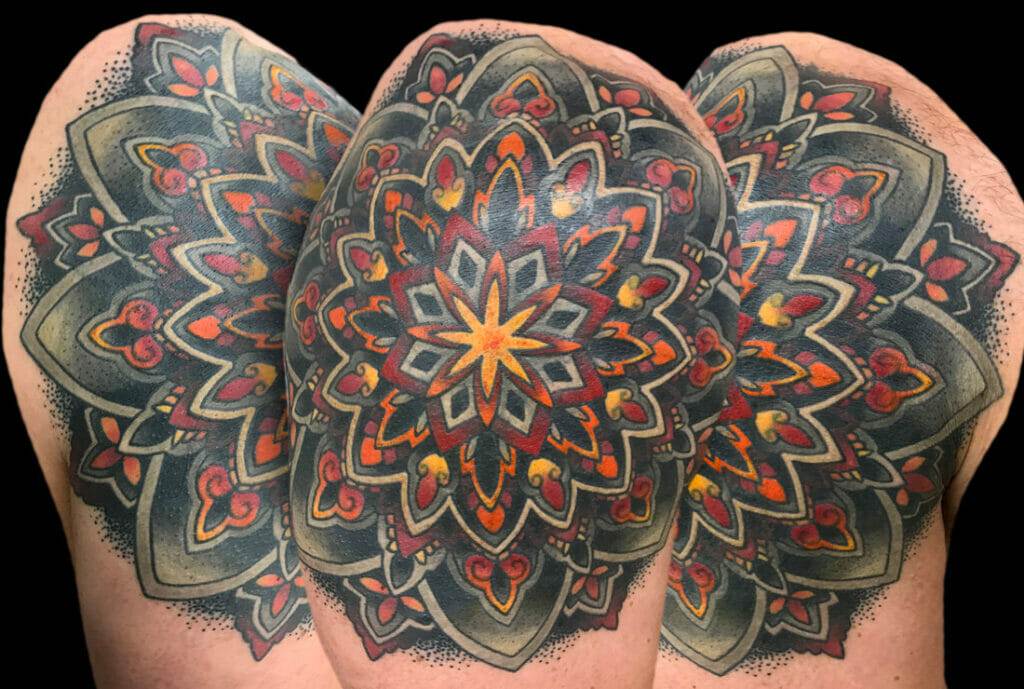
Embrace Your Unique Style with a Personalized Tattoo Consultation
In conclusion, personalized tattoo consultations are essential for achieving a tattoo design that reflects your unique style and personality. By working with a professional tattoo artist, you can benefit from their expertise, experience, and personalized recommendations. Through effective communication and collaboration, you can create a design that is not only visually appealing but also meaningful to you.
It’s important to take the time to choose a tattoo design that resonates with you and consider its longevity. Exploring different tattoo styles and techniques can help you find one that aligns with your personal style and preferences. Incorporating meaningful symbols and images into your design adds depth and significance to the artwork.
Customizing the tattoo to fit your body and placement preferences ensures that it looks balanced and visually appealing. Understanding the tattooing process and aftercare instructions is crucial for proper healing and maintenance of the tattoo. By following these guidelines and building a long-term relationship with your tattoo artist, you can embrace your unique style and achieve the desired tattoo design.

